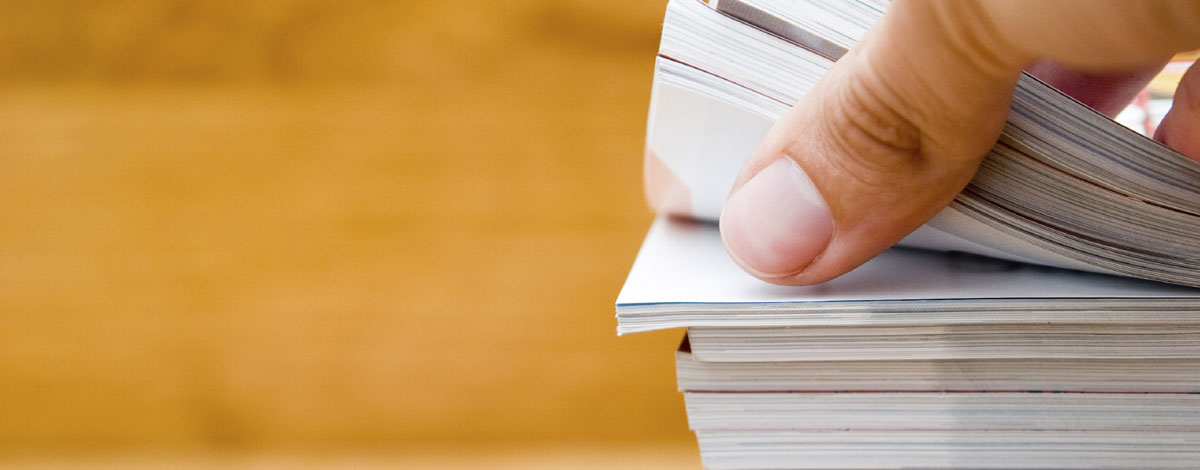Physiotherapy for Kids & Teens
Physiotherapy is an often-overlooked way of treating a very vast range of problems that medical medicine can’t deal with. Youths, in particular, have a lot to gain from being treated for conditions while still in development. Physiotherapy may prevent the condition from worsening as they age and can make the treatment easier, since kids are still flexible enough in both body and mind to easily integrate lifestyle changes adults may have a hard time coping with.
Traditional medicine has a strong focus on interventions through medication or through surgery; whereas physiotherapy is a non-invasive, long term medium, to treat a variety of conditions that primarily concern the muscles, bones, and movement patterns of an individual. Physiotherapy focuses on rehabilitation and treatment of physical conditions through specific treatments and techniques, education, exercise, and lifestyle changes.
How can children benefit from physiotherapy?
Since children are still in a stage of life where they’re adapting to their bodies, this is a perfect chance to correct any problems they will have before they become aggravated with time. Here’s an example: With the increased use of Ipads and smartphones beginning at a very early age, children and teens are developing bad postural habits. These improper postural habits can lead to several issues later in life like chronic back pain, chronic neck pain and mobility issues. This can be treated later in life but requires much more time and effort and is not always successful. Some symptoms may be more difficult to get rid of; but children have an incredibly easy time changing their postures and their gait, easily avoiding all the trouble and pain that would have occurred later in their lives as the condition gradually worsened.
Another thing children can benefit from greatly, is being educated on what’s healthy for the body. Small things like healthy sleeping postures, the correct way to lift something heavy, and other best practices, that on their own are not particularly damaging, but through years of repetitive bad habits can cause issues in the body.
Children with physical disabilities have also much to gain from physiotherapy. For example, children with cerebral palsy, down syndrome, muscular dystrophy, and other conditions can gain a lot of independence from the treatment in the form of increased coordination, muscle strengthening, and balance.
How does the treatment work?
Physical therapy implements a variety of methods to accomplish its goals. The majority of them involve using the body itself, and treatment techniques/equipment to achieve the desired effects. Techniques such as using exercise balls to work on musculature and balance or using elastic bands to strengthen muscles and improve dexterity, are commonly used to treat a variety of symptoms. Treatment is administered in sessions that usually take up to 30 minutes. The frequency and duration of your treatment will depend on your condition. Treatment can last from as little as four sessions to up to several months depending on the nature of the condition or disability being treated.
When administered during youth, physical therapy education can be easily assimilated into a child or teen’s life and greatly reduce the amount of difficulties or symptoms they would otherwise experience later in their lives. When used preventatively physiotherapy can cause ailments which are just beginning to surface, to remain that way or disappear entirely, rather than allow them to become aggravated by time and bad habits.
